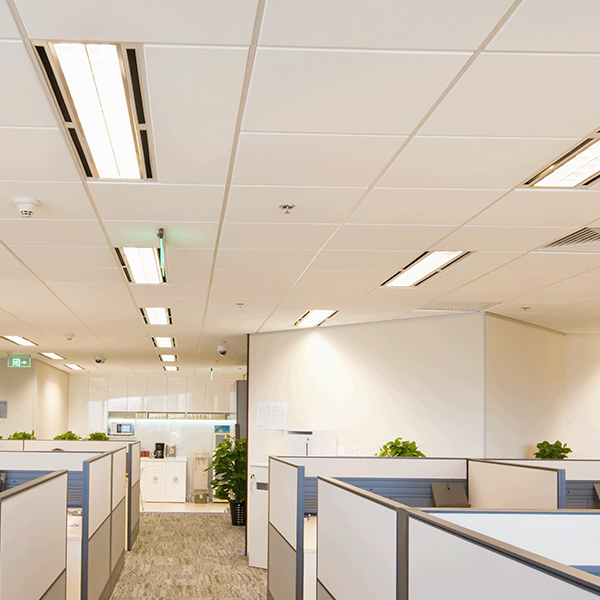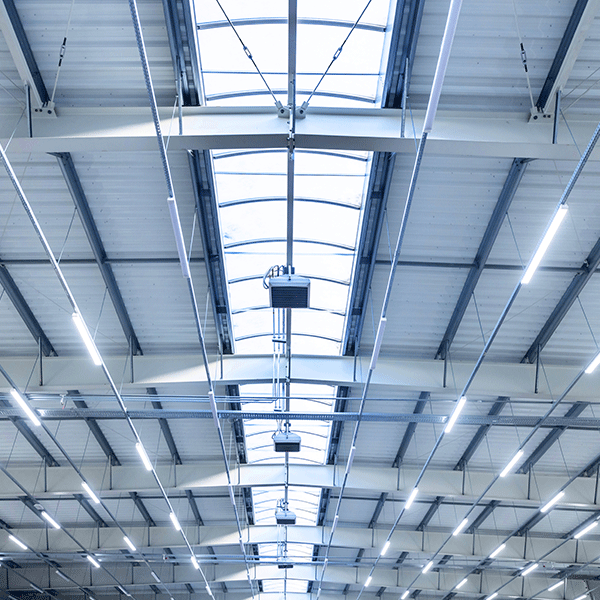Connecting the Digital Divide
Few people take the time to consider another reason bridges are important to our country and to our economy. While millions of people cross bridges every day, there is also an abundance of data transmitted across them as well. Bridges are a vital link in the vast network of telecommunications conduit, fiber optic cable and wires. As consumers continue their demand for high-volume, high-bandwidth connectivity, bridges are helping to “bridge” the phenomenon we’ve come to know as the digital divide.
What Lies Beneath
With utility lines, telecommunications lines and various other cabling being attached underneath of our bridges, it makes you wonder what lies beneath these bridges and what it takes to get it there.
Wesco went to one of our suppliers, MaxCell® to learn more about how they are helping to deploy critical infrastructure on bridges, railway spans, viaducts and overpasses. In speaking to Mike Murphy, U.S. Federal Sales and U.S. East Sales for MaxCell, we learned a lot of interesting information about some of the challenges related to installing telecommunications infrastructure under bridges and how bridges are playing a key component in our nation’s connectivity.
Boring under a river can be time consuming and very expensive. It is much easier to deploy the critical communications infrastructure underneath existing or new bridges. Mike first started out by sharing some of the challenges that bridges pose when installing pathways for fiber optic cables.
- There are weight load guidelines on what can be installed on bridges, which can limit the number of traditional pathways being furnished for communications cabling
- Space is usually limited so it makes for tight workspaces to maneuver materials and equipment
- Bridges are exposed to the elements so communications infrastructure must be protected from outdoor exposure to harsh weather, salt water, and moisture
- Bridges expand and contract on a regular basis as a result of temperature variances, so the product associated with a communications installation on a bridge must not be affected by temperature variations
- When deploying infrastructure on bridges you must meet all standards as determined by the individual project requirements. This means that the product being used for bridge-related infrastructure installations must meet local, State and/or Federal DOT jurisdiction requirements specified for any of these projects
- Many bridge-related infrastructure project installations are considered dangerous as they are usually over water and/or are at higher elevations
- Under bridge installations can become a choke-point for critical communications cabling deployments
- Much of the infrastructure work under the bridges is done at night so as to lesson bridge delays caused by the construction






